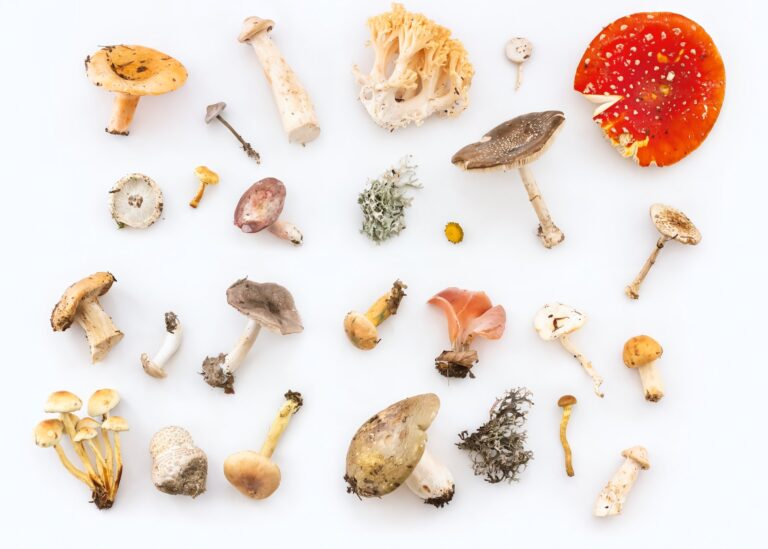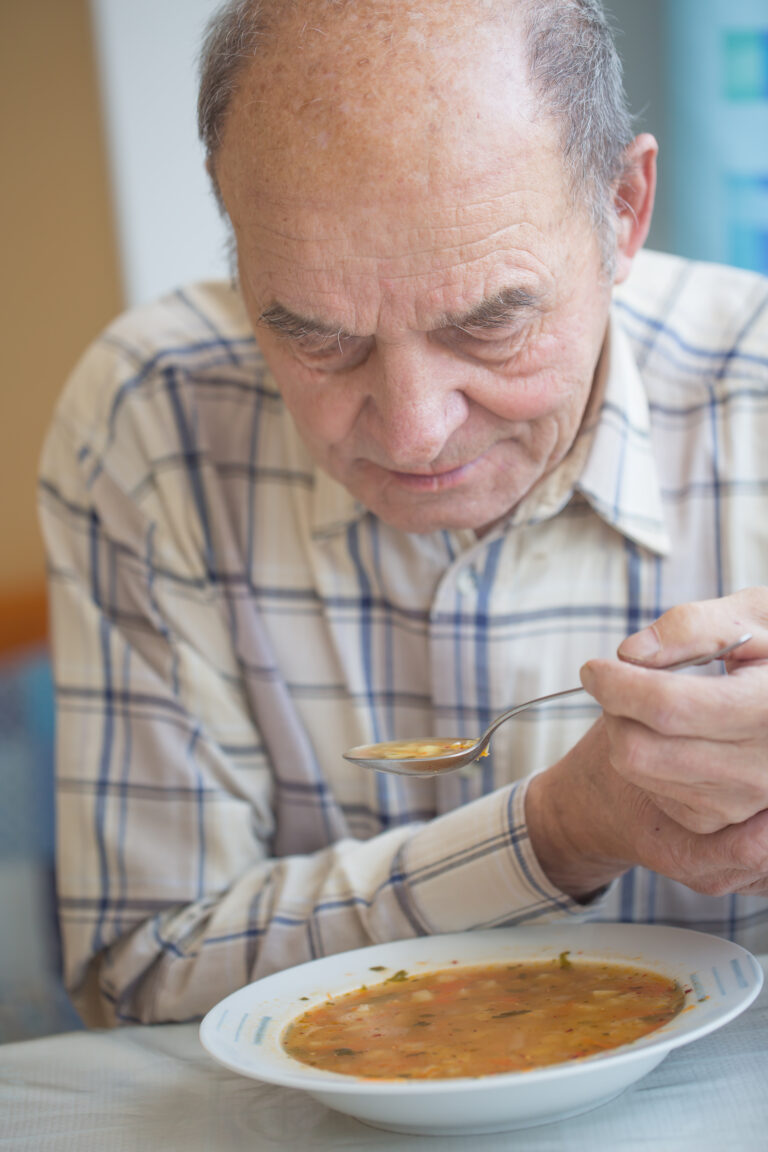### The Role of Proteins in Brain Repair and Neurotransmission
The brain is a complex and dynamic organ, constantly working to repair itself and transmit signals. Two key processes that make this possible are brain repair and neurotransmission, both of which rely heavily on proteins. Let’s explore how proteins play a crucial role in these processes.
#### Brain Repair
Brain cells, or neurons, are incredibly delicate and do not divide like other cells in the body. This means they are more prone to accumulating damage over time. To avoid dysfunction, neurons must develop alternative repair pathways. One of the main proteins involved in this process is **brain-derived neurotrophic factor (BDNF)**. BDNF helps promote neurogenesis, which is the growth of new neurons, and facilitates the repair of damaged neural circuits. It also helps strengthen the connections between neurons, making them more likely to fire together and communicate effectively[4].
Another important protein in brain repair is **LRRK2**. While LRRK2 mutations are often associated with Parkinson’s disease, they also play a role in maintaining the health of neurons. LRRK2 helps with mechanisms that keep the endoplasmic reticulum and vesicle trafficking in order, which is essential for the proper functioning of neurons[3].
#### Neurotransmission
Neurotransmission is the process by which neurons communicate with each other. This happens through the release of neurotransmitters, which are chemical messengers that travel across the synapse (the gap between two neurons) to bind with receptors on the postsynaptic neuron. The binding of neurotransmitters to receptors triggers a series of reactions that can either excite or calm the postsynaptic neuron.
**G-protein-coupled receptors (GPCRs)** are a type of receptor that plays a crucial role in neurotransmission. When a neurotransmitter binds to a GPCR, it activates a G-protein complex. This activation leads to the exchange of GDP for GTP, causing the G-protein complex to separate into its alpha-GTP and beta-gamma subunits. These subunits then interact with effector proteins, which can alter ion permeability or initiate second messenger cascades. For example, the adenylyl cyclase pathway, activated by the Gs alpha subunit, converts ATP to cAMP, which in turn activates protein kinase A (PKA). PKA can phosphorylate various proteins, including those involved in neurotransmitter synthesis and release, and transcription factors like CREB, which can initiate gene transcription[2].
### Conclusion
Proteins are essential for both brain repair and neurotransmission. BDNF and LRRK2 are key players in maintaining the health and function of neurons, while GPCRs and their associated signaling pathways are crucial for the communication between neurons. Understanding how these proteins work can help us develop better treatments for neurological disorders and improve our overall understanding of brain function.
In summary, proteins are the building blocks of life, and in the brain, they are vital for keeping neurons healthy and allowing them to communicate effectively. By studying these proteins, we can unlock new ways to repair damaged brains and enhance cognitive function.





